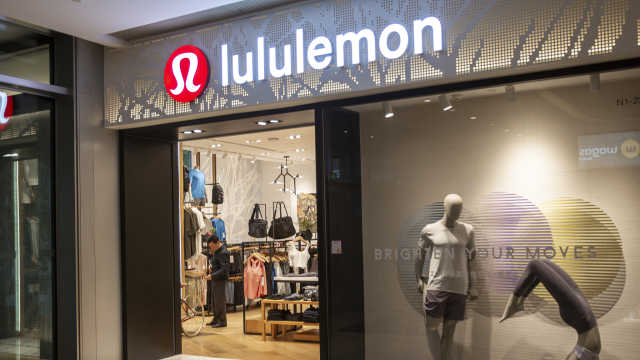XPOF's Strategic Pivot: Can Operational Overhaul Offset Declines?
The Q1 2025 earnings report for xponential fitness, Inc. (XPOF) reveals a company at a critical inflection point. While its fitness empire—spanning brands like Pure Barre, CycleBar, and Club Pilates—continues to expand globally, the numbers tell a story of turbulence beneath the surface. A 4% year-over-year revenue decline, a widened net loss, and elevated studio closures underscore the challenges of scaling a fragmented franchise model. Yet, management’s aggressive restructuring and renewed focus on operational discipline offer a path forward. The question remains: Can XPOF’s pivot from growth-at-all-costs to quality-driven stability restore investor confidence?

Financial Strains and Strategic Shifts
The quarter’s results highlight the tension between XPOF’s ambitious growth ambitions and the realities of franchise management. Revenue dipped to $76.9 million, with adjusted EBITDA falling 9% to $27.3 million—a figure further strained by a $25 million legal accrual for a franchise class-action lawsuit. The EPS miss (-$0.20 vs. an expected $0.16) sent shares plunging 9.2% post-earnings, reflecting investor skepticism about the company’s ability to reconcile its sprawling franchise network with profitability.
Yet management’s response is bold. By divesting non-core brands, shifting resources to field support, and halving net new studio targets (to 160–180 in 2025), XPOF aims to prioritize quality over quantity. The emphasis on reducing corporate overhead—eliminating HQ roles for every field hire—suggests a calculated trade-off: fewer but better-supported franchises. This pivot aligns with the 4% same-store sales growth achieved in Q1, a critical metric in an industry where saturation pressures demand operational excellence.
Operational Challenges and Opportunities
The closure rate remains a red flag. At 6% annually, with 51 studios shuttered in Q1 alone, XPOF faces scrutiny over franchisee performance. CycleBar and StretchLab, in particular, have underperformed, prompting stricter oversight and the threat of license terminations for underperforming partners. Here lies both risk and reward: aggressive culling of weak locations could improve average unit volumes (now up 8% to $659,000) but risks alienating franchisees critical to growth.
Internationally, the strategy shows promise. The $467 million in North American system-wide sales (up 18%) and expansions into London and Asia—backed by master franchisees in high-potential markets like Spain and Japan—suggest a path to diversification. However, scaling without overextending requires finesse. The company’s cash reserves ($42.6 million) provide a buffer, but debt levels ($379.1 million) remind investors of the financial tightrope XPOF walks.
Key Risks and Investor Considerations
- Legal Uncertainty: The $25 million lawsuit reserve, even if partially recoverable, underscores the legal risks inherent in franchising. XPOF’s ability to resolve these matters without further financial hits is pivotal.
- Same-Store Sales Growth: With a 3–5% target for 2025, this metric will be the acid test for operational improvements. AUV growth must outpace closure costs to sustain margins.
- Franchisee Relations: The shift toward stricter performance metrics could strain relationships. XPOF’s new field operations team—deploying 12 managers to support franchisees—will determine whether this balance is struck.
Conclusion: A Fragile Road to Stabilization
XPOF’s Q1 results paint a company in transition: one trading rapid growth for structural health. The reduced studio targets and focus on core brands (which now account for 95% of sales) signal a necessary recalibration. With adjusted EBITDA guidance pointing to a 5% annual increase to $120–125 million, the path to profitability remains achievable—if operational execution meets expectations.
Crucially, the $42.6 million cash balance and 38% EBITDA margin target provide a foundation for resilience. However, the stock’s post-earnings decline highlights investor wariness about XPOF’s ability to resolve legal issues, curb closures, and sustain same-store growth. For long-term investors, the question is whether the company’s strategic overhaul can transform today’s turbulence into tomorrow’s stability. With 1,500 North American licenses in the pipeline and international markets primed for expansion, XPOF’s fate hinges on execution—not just ambition.
In the fitness industry’s crowded landscape, survival demands more than scale. It requires discipline. XPOF’s Q1 report suggests it’s finally grasping that truth—though the proof will come in the quarters ahead.
Ask Aime: Can XPOF's earnings report unveil its growth strategy?










